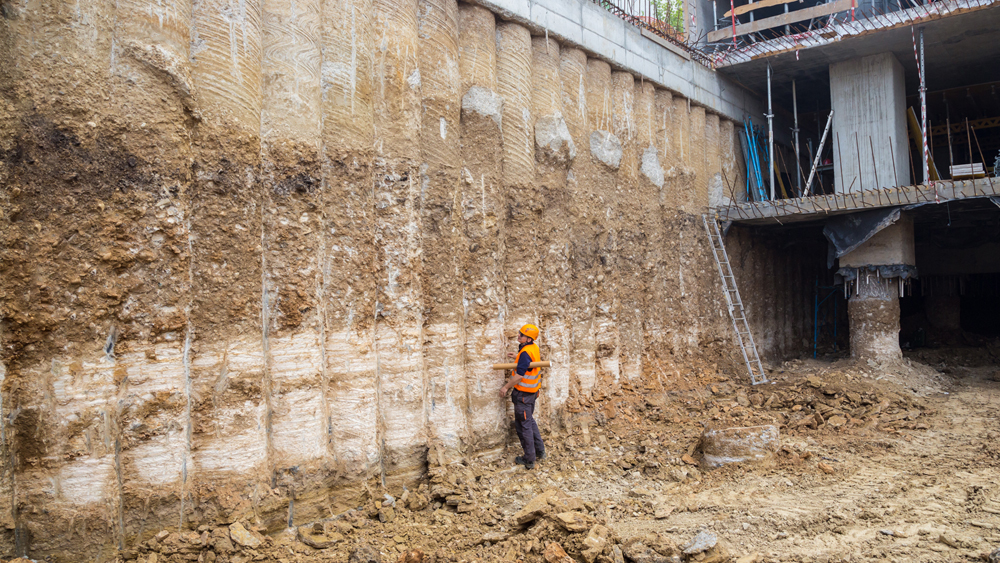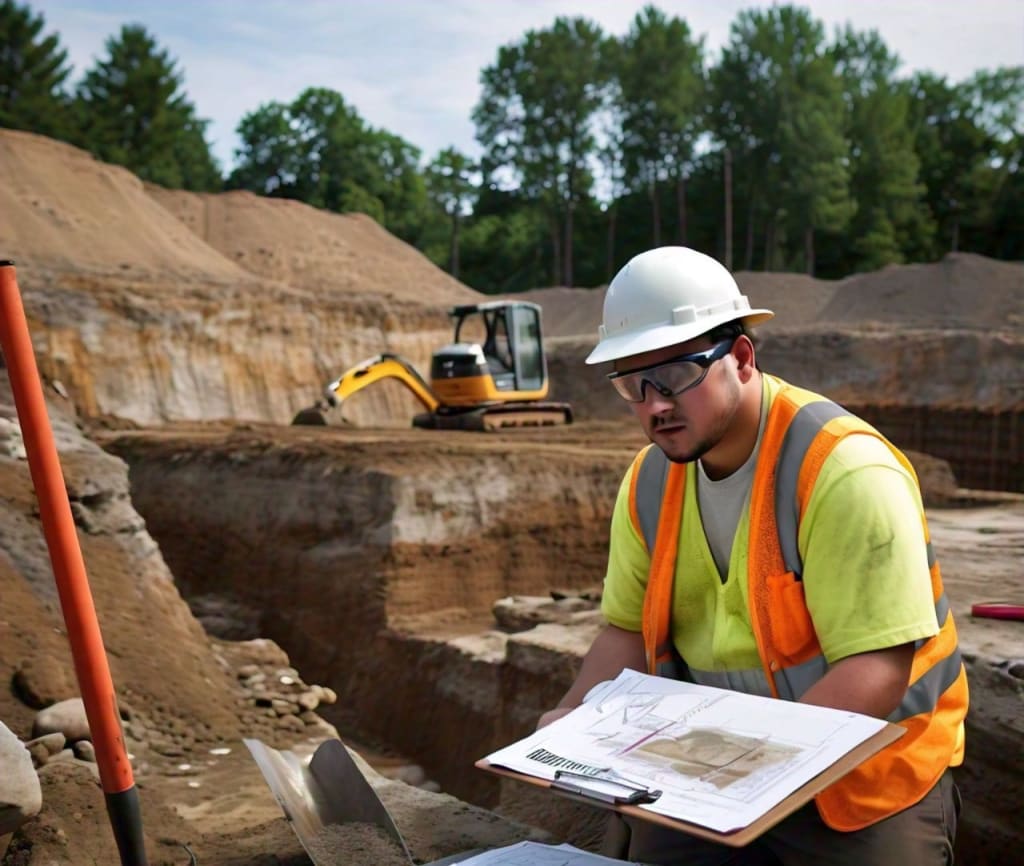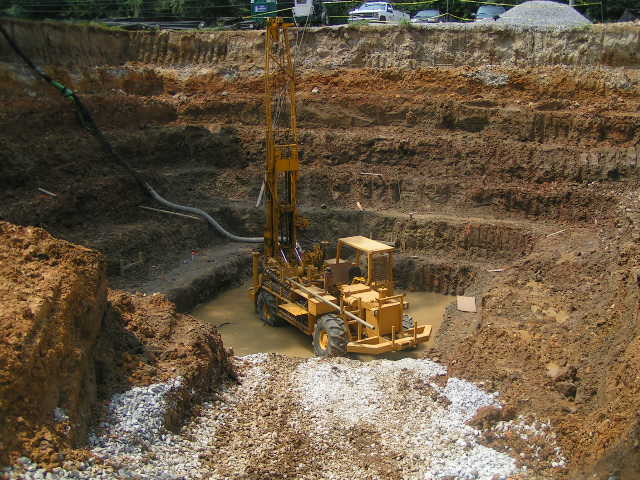How Consulting Engineers Enhance Geotechnical Design Projects: Insights Into Their Know-how, Methods, and Collaborative Approaches
Consulting engineers are critical in enhancing geotechnical engineering projects, using their specialized understanding to browse the intricacies of subsurface problems. Their joint strategies foster interaction among varied project stakeholders, inevitably forming the project's trajectory.
Function of Consulting Engineers
The experience of seeking advice from engineers in geotechnical engineering is basic to the effective execution of building tasks. These specialists play a crucial duty in evaluating soil and rock buildings, which are crucial elements influencing style and building decisions. By carrying out thorough website investigations, consulting designers accumulate necessary data that notifies the layout procedure, making sure projects are constructed on secure and suitable ground.
Consulting engineers also give important understandings right into danger management (geotechnical geologist). They identify possible geotechnical risks, such as landslides, soil liquefaction, and settlement problems, allowing stakeholders to execute reliable reduction techniques. Their expertise aids in maximizing foundation styles, which can lead to significant cost financial savings and boosted security
Furthermore, getting in touch with engineers work as a crucial web link in between task owners, engineers, and service providers. Their capability to translate intricate geotechnical information right into actionable suggestions fosters cooperation and assists in informed decision-making throughout the job lifecycle. This multidisciplinary method not just improves task efficiency but also makes sure compliance with governing requirements and best practices.
Key Methodologies in Geotechnical Design

One primary approach is site investigation, which entails carrying out field tests and research laboratory analyses to collect information on subsurface problems. Techniques such as Criterion Infiltration Testing (SPT) and Cone Penetration Testing (CPT) are widely utilized to examine soil stratigraphy and stamina. Additionally, geophysical methods, consisting of seismic and electrical resistivity surveys, give non-invasive means to analyze subsurface characteristics.
One more vital technique is numerical modeling, which allows designers to simulate different situations and forecast exactly how soil-structure communications will certainly behave under various loading problems. Limited Component Evaluation (FEA) is a typical strategy used in this context.
In addition, the style of structures, keeping structures, and earthworks relies greatly on these methods - geotechnical geologist. By incorporating innovative analytical tools with area information, seeking advice from designers can develop customized solutions that attend to specific project obstacles, ultimately contributing to the security and safety and security of construction jobs
Importance of Dirt Analysis
Soil analysis offers as a fundamental element in geotechnical engineering, giving crucial understandings right into the physical and chemical buildings of soil essential for effective building and construction planning. Recognizing soil attributes is vital for identifying its load-bearing capacity, water drainage habits, and possibility for negotiation or instability. Thorough soil investigations, including tasting and laboratory screening, aid recognize parameters such as dirt type, moisture web content, thickness, and shear strength.
These analyses educate the option of proper building strategies and materials, eventually influencing task safety and long life. For example, cohesive dirts might require different foundation styles contrasted to granular soils, requiring customized design services. Soil evaluation aids in identifying contaminants that might pose dangers to human wellness or the environment, permitting for the advancement of reduction methods.
Incorporating dirt analysis into the beginning of job development aids to minimize unanticipated challenges, ensuring that engineers can expect and resolve potential concerns prior to they intensify. By establishing an extensive understanding of the site problems, speaking with engineers can optimize style effectiveness and lower costs, thereby boosting the general success of geotechnical design tasks.
Collective Methods in Tasks
Successful geotechnical projects often pivot on collective approaches that bring with each other varied expertise from different disciplines. Effective collaboration amongst seeking advice from designers, rock hounds, environmental scientists, and construction professionals is important for resolving complex difficulties and maximizing task outcomes. By leveraging the geotechnical works distinct skills and expertise of each group participant, tasks can take advantage of a holistic understanding of the website problems, regulative demands, and design constraints.
Normal communication and interdisciplinary meetings assist in the sharing of understandings and foster a society of team effort. These collaborative initiatives enable the identification of potential threats early in the project lifecycle, permitting prompt reduction methods. Incorporating comments from stakeholders, consisting of regional neighborhoods and regulative firms, ensures that all point of views are taken into consideration, enhancing project acceptance and conformity.
Additionally, the integration of sophisticated modern technologies, such as Geographic Details Equipment (GIS) and Building Details Modeling (BIM), additional enhances collaboration. These devices enable the real-time sharing of data and visualization of geotechnical conditions, advertising notified decision-making. Ultimately, a collective strategy not just improves job implementation yet likewise lays the foundation for ingenious remedies to intricate geotechnical engineering challenges.
Effect On Project End Results

Consulting engineers employ sophisticated techniques such as danger evaluation and predictive modeling, which boost the accuracy of task projections. Their ability to integrate cutting-edge innovations, like geotechnical instrumentation and information analytics, further improves the style and building and construction processes. Consequently, tasks experience boosted performance, lowered expenses, and decreased delays.
Furthermore, fostering efficient communication and collaboration amongst staff member boosts problem-solving capabilities. When challenges occur, an unified front allows for swift identification of remedies, protecting against possible setbacks. Eventually, the collaborative initiatives of seeking advice from engineers contribute to better end results, ensuring that tasks satisfy both regulative criteria and customer assumptions.
Conclusion
